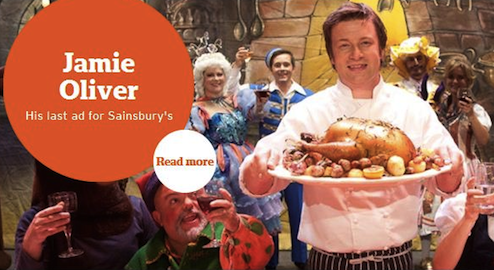Dual branding partnerships are initiated for many different reasons, but there is one fundamental secret to success—there has to be mutual benefit for both parties.
We were recently asked to prepare a report on a potential dual branding project for a range of brand extension lines for one of our clients. It became apparent very quickly that though the products would be outstanding, the value to our clients’ brand and to the consumer of the potential partner brand was zero. One brand would simply be acting as an advertising and awareness platform for the other—the quid pro quo was out of balance.
It is this balance that is so commonly misinterpreted. You can have a very large organisation which partners with a small one. In pure company value terms, there is no balance, but in terms of value to each others brand the two are equal. A perfect example of where size doesn’t matter.
The key to successful dual branding partnerships is that brands that work together do so because their core values are similar. It is fascinating how for example supermarkets have gradually gravitated to partnering with fuel brands. Is it just coincidence that on even the apparent superficial level of colour compatibility, Shell has partnered with Sainsbury’s, BP with M&S and Esso with Tesco?
In terms of increasing confidence and brand perception, consumers prefer to see added value being realised when brands decide to partner with ‘experts’ in the different types of products and services offered. The well known supermarkets, coffee franchises etc are much more acceptable as a premium offering to us, than any in-house or own brand offer from the fuel company on its own.

The concept of a brand does extend to certain celebrities or personalities through endorsement. Take Jamie Oliver and Sainsbury’s. A great collaboration that has benefitted both by strengthening a strong set of shared values. If they last a long time, they start to become a single entity.
This can be healthy, but it can also be a risk to each. So frequently collaborations are motivated and developed without any real thought to an exit strategy. It’s a bit like a love affair. No one starts a personal relationship wondering how they might get out of it! And yet for brands, keeping a cool and divorced view on how a relationship is developing, and monitoring whether it is continuing to deliver the benefits for which it was entered into is very important.
In some cases, this can actually work so well that what starts off as two separate businesses/brands/personalities becomes, over time, inseparable. Mini and Cooper is a great example of this. Though separate businesses, the brands are in the minds of consumers, indelibly linked.
Linking brands that work well together can be a challenge. If you have one brand that is instantly recognisable to the public, combining with an unknown, or perhaps only locally known brand, it is easy for all the attention, good and bad to be focused on the known brand. We have a client who sells products through a network of distributors. The product brand is well known, the distributor is not.
Put simply, a very small logo for the well-known brand, sitting next to a large logo for the distributor can still leave the consumer association with the recognised brand. Sometimes an exclusive distributor may even be entitled to use the identity of the brand. This is great when it works, but this does expose the recognised brand to risk, should the distributor fail to live up to expectations. So brand management is critical.
What we have observed is that ‘brand’ can all too easily be given away as part of the business negotiations. This tells us that controls do need to be in place and negotiators need to be brand savvy to understand the value of the brand they are potentially selling short.
Undoubtedly money is a key motivator, particularly with product endorsements. If one brand pays another enough, it is possible that brands that are not necessarily an obvious match, might work together. A premium brand may provide a brand flavouring to a ‘basic’ brand of crisps. The brand association is great for the crisps; the income is great for the premium brand. But this has to be done fully aware of any risks.
In a survey of the main supermarkets, it is still only a very few products as a percentage of all the lines sold, that combine brands, so getting it right is massively important.
About the Author
Simon Wright studied Graphic Design at London College of Printing. Having set up a design studio in Saudi Arabia and agency roles in London, he became Managing Director of Greenwich Design in 1994.
His expertise spans a wide range of disciplines across various design and marketing channels.
